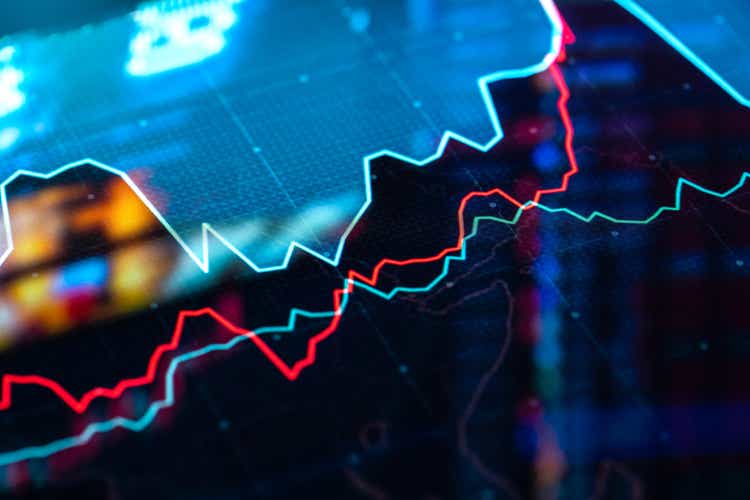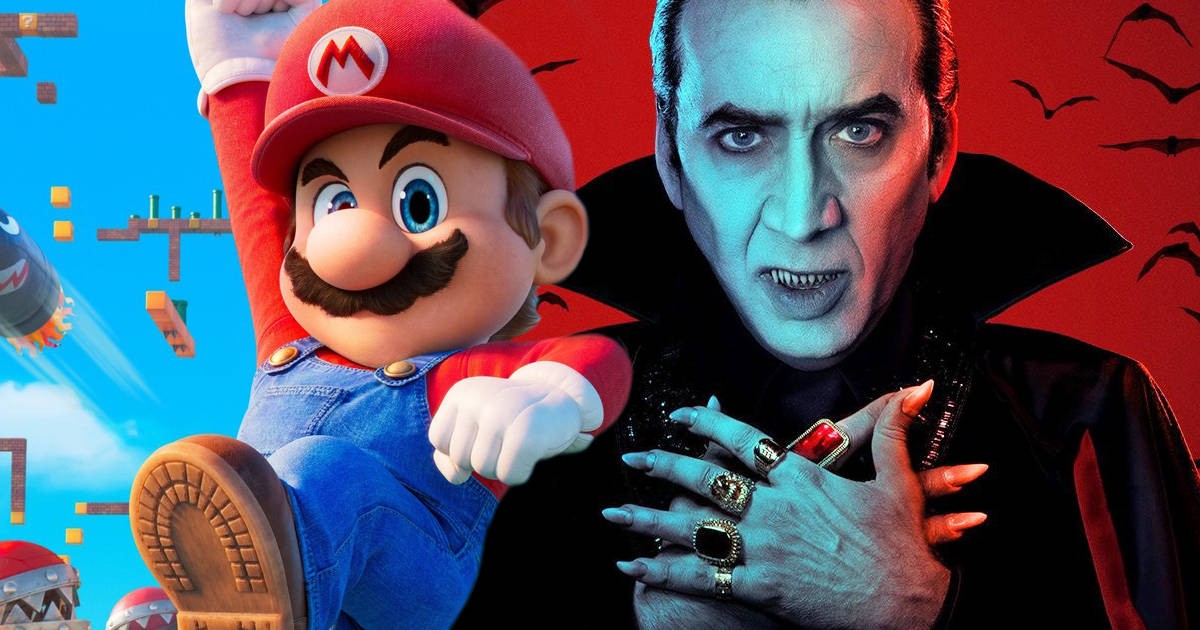Receive free Vietnam updates
We’ll send you a myFT Daily Digest email rounding up the latest Vietnam news every morning.
Vietnam needs to take aggressive steps to reach its economic targets this year, the country’s finance minister has said, warning that the export-driven manufacturing hub was struggling to maintain strong growth amid a drastic decline in orders.
Vietnam was one of Asia’s fastest-developing economies last year, expanding more than 8 per cent, its highest growth rate since 1997. But growth slowed in the first quarter of 2023 to 3.3 per cent, down from 5.9 per cent in the fourth quarter of last year, as a grim global economic picture and high inflation cut into demand for the country’s exports.
“We rely on the world’s demand for our products, which is facing a lot of difficulties,” Ho Duc Phoc told the Financial Times, adding that the war in Ukraine had raised petroleum and consumer prices, putting pressure on manufacturing input and trade costs and depressing buyers’ appetite. “Our orders from international partners have reduced drastically.”
He said the government was targeting full-year growth of 6 to 6.5 per cent, following anticipated first-half growth of about 4 per cent.
“In the next six months, we will probably have [to take] aggressive steps to achieve that target,” he said, citing an extension of deadlines for tax payments, the reduction of value added tax and petrol levies amid proposals to help lower costs and boost demand.
Vietnam’s central bank this month cut interest rates by 50 basis points, its fourth reduction this year.
Vietnam’s export-led growth has pulled tens of millions of people out of poverty over the past 30 years, catapulting the south-east Asian country from the ranks of the world’s poorest into lower middle-income status.
Reform policies launched in the late 1980s known as Doi Moi, or “renovation”, dismantled central economic planning, turning the one-party communist state into a manufacturing powerhouse following decades of deprivation and war.
Vietnam is also emerging as a beneficiary from a “friendshoring” drive, as companies look to protect their supply chains from geopolitical tensions between Washington and Beijing, thanks to its proximity in the region and low labour costs. Phuc said Vietnam’s “facilitative” business environment was also a big draw for business, as was its “abundant” and cheap labour force.
“Our investors mainly come from South Korea, Japan and Singapore,” he said. “We believe more investors will come from the European Union, Germany, India, the US, the UK and even China,” which remains Vietnam’s largest trading partner.
Companies including Samsung and Foxconn have relocated to Vietnam or increased operations there in recent years, a shift accelerated by China’s stringent zero-Covid regime, which disrupted global trade.
But Vietnam’s infrastructure, which developed rapidly to meet demand from offshoring manufacturers, is increasingly under strain. Extreme heat and low rainfall have contributed to power cuts across the country’s north in recent weeks.
“The power cuts are affecting a lot of business activities, especially some industrial zones,” said the minister, pledging new investment in the coal and hydropower-reliant electricity grid, as well as highways, seaports and airports. Phuc noted that at least 700bn dong ($30mn) was set aside annually for infrastructure investment.
The National Assembly in March named Vo Van Thuong as president, the country’s second-highest position, following his predecessor’s resignation. The reshuffle came amid a years-long anti-corruption campaign that allowed communist party chief Nguyen Phu Trong to consolidate his grip on power by eliminating potential rivals.
Business lobby groups and investors said decision-making had ground to a halt in the wake of the anti-graft crackdown.
Phuc dismissed the suggestion that the reshuffle had an impact on the economy. “The aim of the crackdown on corruption is to make the economy healthy and transparent,” he said.
















